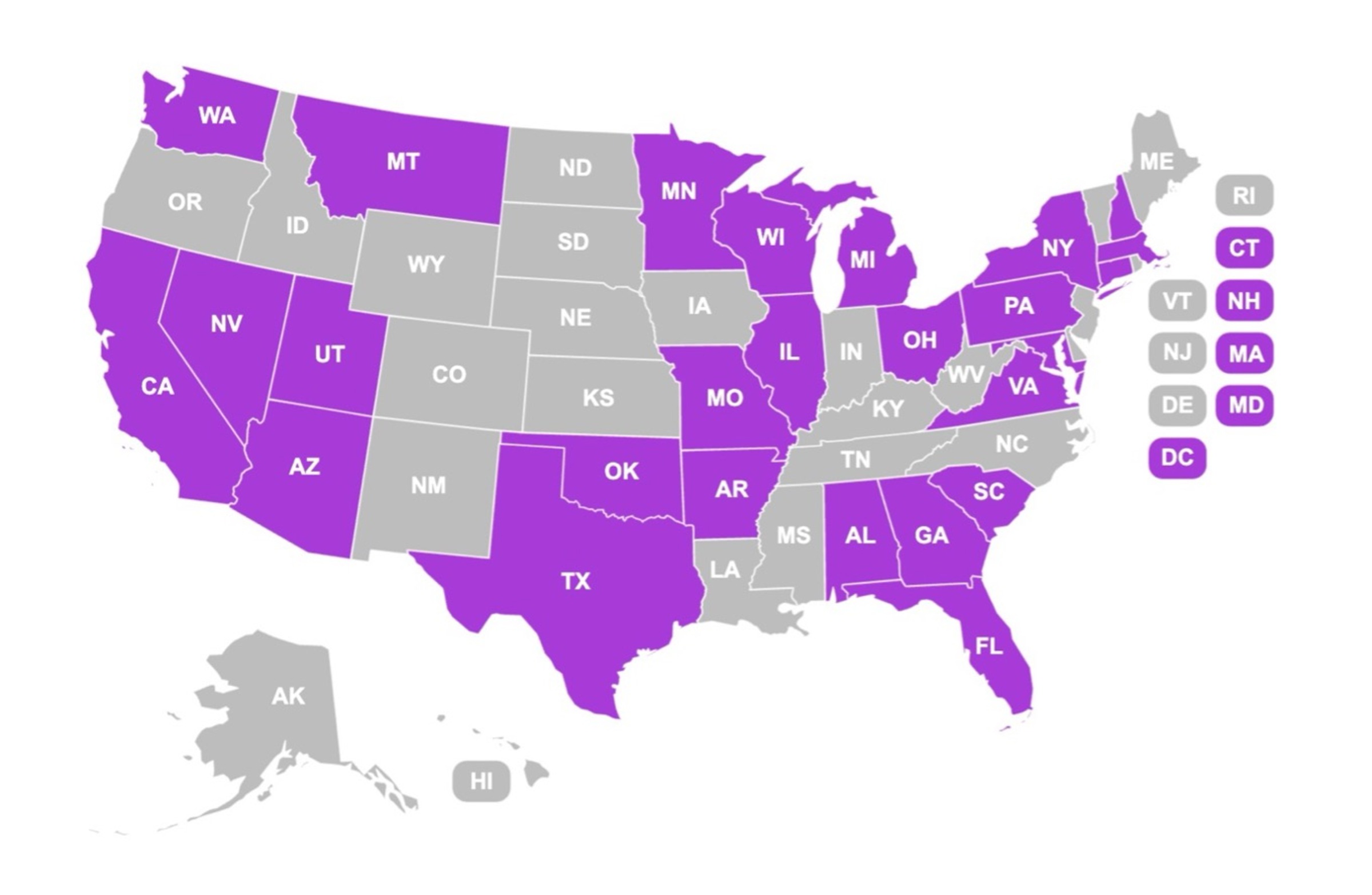

When it launched into space 13 years ago, NuSTAR provided the new capability of focusing photons in the high-energy, or 'hard', X-ray regime for the first time in orbit. Prior missions such as the Chandra X-ray Observatory and the Neil Gehrels Swift Observatory focused photons in the soft X-ray regime, up to ~10 keV, which is a bit lower than the energy used by X-ray security scanners at airports. NuSTAR extended the range for sensitive X-ray imaging up to 80 keV, comparable to the energies used in medical imaging such as chest X-rays. This sensitivity to a wider swath of the X-ray spectrum has led to more than 1700 refereed papers in the intervening years, studying X-rays emitted by astronomical sources ranging from the Sun and Jupiter in our Solar System, to stars, neutron stars, and black holes in the Milky Way Galaxy, to supernovae, clusters of galaxies, and quasars in the distant Universe.
NuSTAR targets are competitively selected though multiple annual opportunities following the NASA “Open Skies” standard. Most of the observing time is allocated through the annual NuSTAR cycle, with additional time allocated through partner observatories for joint observations. For example, coordinated observations combining the broad X-ray coverage of NuSTAR with the high spectral resolution of the XRISM satellite enhances our scientific understanding of the extreme, powerful phenomena studied by X-ray astronomers. The NuSTAR project is now preparing for its twelfth annual cycle of proposals and observations, with proposals due in late January, reviewed in the Spring, and selected programs to be observed starting in June 2026.
This map shows that the leads, or Principal Investigators (PIs), of programs approved through the previous eleven NuSTAR cycles span the continental US. Programs range from a Floridian program searching for a lurking supermassive black hole in the “Atoms for Peace Galaxy” (NGC 7252), to a Washington state study of the X-ray afterglow of an ultra-long duration gamma-ray burst, to a Missouri study of X-ray emission from blazars in the deep Universe. NuSTAR PIs come from more than half of the states, spanning the coasts and making a wide swath through the center of the country. Even more of the map would be covered were we to include co-investigators to these programs, NuSTAR time allocated through partner observatories, as well as rapid-response director’s discretionary time allocated to observe newly-found transient events, such as flashing sources found by gamma-ray, radio, or gravitational wave observatories.
The NuSTAR mission celebrates the wide reach of its science and its science community.